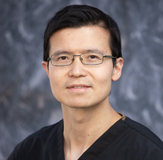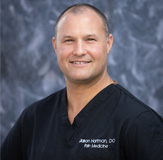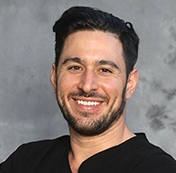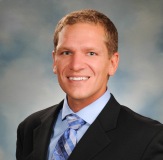Tommy John’s (UCL tear of elbow)
The ulnar collateral ligament or UCL is one of the main stabilizing ligaments in the elbow especially with overhead activities such as throwing and pitching. When this ligament is injured it can end a professional athlete’s career unless surgery is performed. UCL Reconstruction surgery, also called Tommy John surgery, involves replacing the torn ligament with a tendon from elsewhere in the body.
UCL Injuries commonly occur among young athletes, especially those engaging in overhead throwing activities such as baseball. The first surgery performed to repair a UCL injury occurred in 1974 to Tommy John, a famous pitcher at that time. As a result, you may hear the term “Tommy John surgery” when discussing ulnar collateral ligament reconstruction surgery.
UCL injuries occur most often from repetitive overheard throwing in sports such as baseball. The repetitive activity can cause microscopic tears and inflammation to the ligament eventually tearing completely.
Causes
Ulnar collateral ligament injury is usually caused by repetitive overhead throwing such as in baseball. The stress of repeated throwing on the elbow causes microscopic tissue tears and inflammation. With continued repetition, eventually the UCL can tear preventing the athlete from throwing with significant speed. If untreated, it can end an athlete’s professional career. UCL injury may also be caused by direct trauma such as with a fall, car accident, or work injury. Other common causes include any activity that requires repetitive overhead motion of the arm such as tennis, javelin throw, pitching sports, fencing, and painting.
Diagnosis
UCL injuries should be evaluated by an Orthopaedic specialist for proper diagnosis and treatment.
Your physician will perform the following:
- Medical History
- Physical Examination including valgus stress tests to assess for elbow instability.
Diagnostic tests that may be ordered include:
X-rays
X-rays is a form of electromagnetic radiation that is used to take pictures of bones. Your physician may order an x-ray to rule out a fracture or arthritis as the cause of your pain.
MRI
MRI magnetic and radio waves are used to create a computer image of soft tissue such as nerves and ligaments. This is often ordered with contrast medium to ensure soft tissues are seen.
Conservative Treatment Options
Your physician will recommend conservative treatment options to treat the symptoms associated with UCL injury unless you are a professional or collegiate athlete. In these cases, if the patient wants to continue in their sport, surgical reconstruction is performed.
Conservative treatment options that are commonly recommended for non athletes include the following:
- Activity Restrictions
- Orthotics
- Ice
- Medications
- Physical Therapy
- Pulsed Ultrasound
- Professional Instruction
Surgical Treatment
If conservative treatment options fail to resolve the condition and symptoms persist for 6 -12 months, your surgeon may recommend Ulnar Collateral Ligament Reconstruction surgery. For professional and collegiate athletes that want to continue in their profession, the ligament will need to be surgically reconstructed. UCL reconstruction surgery repairs the UCL by reconstructing it with a tendon from the patient’s own body (autograft) or from a cadaver (allograft). The most frequently used tissue is the Palmaris longus tendon in the forearm.
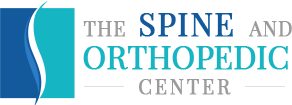
 Menu
Menu
